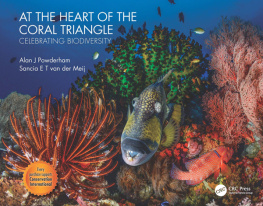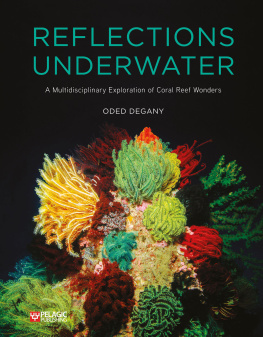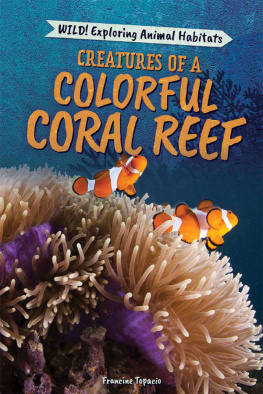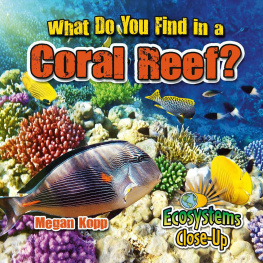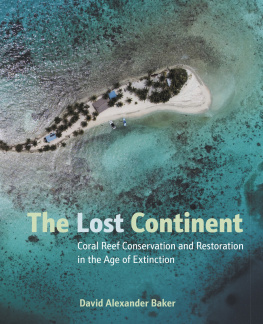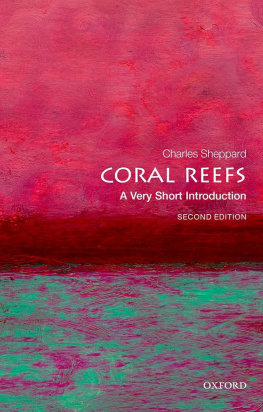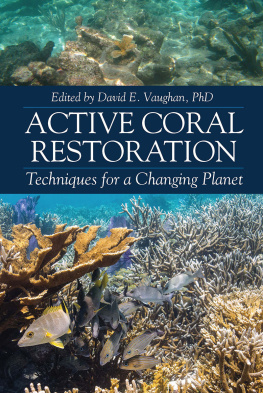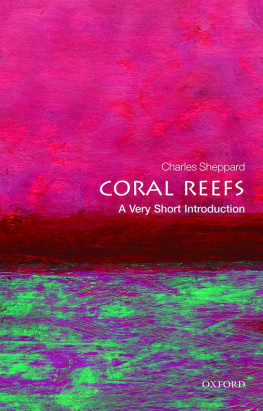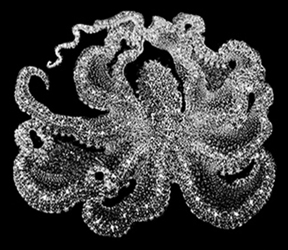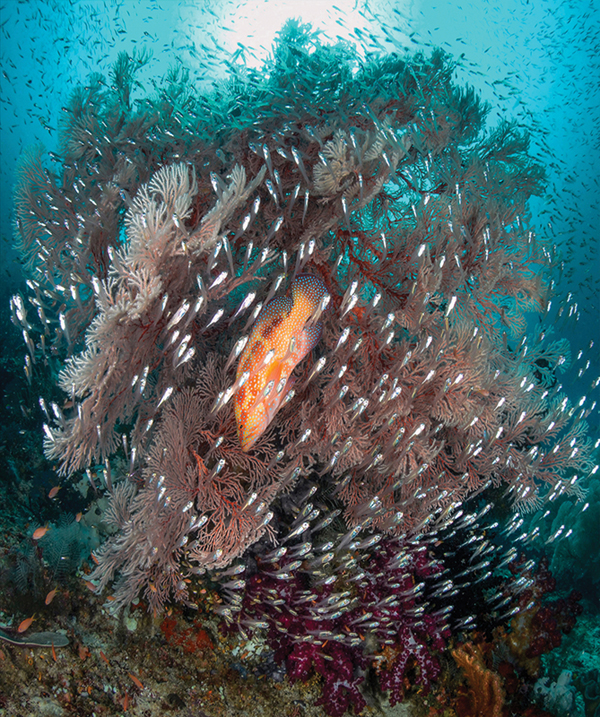Alan J Powderham - At the Heart of the Coral Triangle: Celebrating Biodiversity
Here you can read online Alan J Powderham - At the Heart of the Coral Triangle: Celebrating Biodiversity full text of the book (entire story) in english for free. Download pdf and epub, get meaning, cover and reviews about this ebook. City: Boca Raton, year: 2020, publisher: CRC Press, genre: Science. Description of the work, (preface) as well as reviews are available. Best literature library LitArk.com created for fans of good reading and offers a wide selection of genres:
Romance novel
Science fiction
Adventure
Detective
Science
History
Home and family
Prose
Art
Politics
Computer
Non-fiction
Religion
Business
Children
Humor
Choose a favorite category and find really read worthwhile books. Enjoy immersion in the world of imagination, feel the emotions of the characters or learn something new for yourself, make an fascinating discovery.
- Book:At the Heart of the Coral Triangle: Celebrating Biodiversity
- Author:
- Publisher:CRC Press
- Genre:
- Year:2020
- City:Boca Raton
- Rating:5 / 5
- Favourites:Add to favourites
- Your mark:
At the Heart of the Coral Triangle: Celebrating Biodiversity: summary, description and annotation
We offer to read an annotation, description, summary or preface (depends on what the author of the book "At the Heart of the Coral Triangle: Celebrating Biodiversity" wrote himself). If you haven't found the necessary information about the book — write in the comments, we will try to find it.
The Coral Triangle, straddling the confluence of the Indian and Pacific Oceans, harbours the greatest biodiversity of marine life on the planet. It is home to a wondrous variety, including 75% of the worlds coral species and around 2500 species of fish. The biological and environmental diversity is driven by the volcanically active and complex geology of the so called Ring of Fire. Habitats range from underwater slopes of volcanic black sand to extensive coral reefs in atolls and vast calderas. While clearly vulnerable to increasing global threats such as climate change, pollution and overfishing, the Coral Triangle currently features some the richest coral reefs in the world.
With stunning photography supported by an engaging and accessible text, this book highlights and celebrates this biodiversity along with the underlying message that it needs our care and protection before it is too late.
Alan J Powderham: author's other books
Who wrote At the Heart of the Coral Triangle: Celebrating Biodiversity? Find out the surname, the name of the author of the book and a list of all author's works by series.

